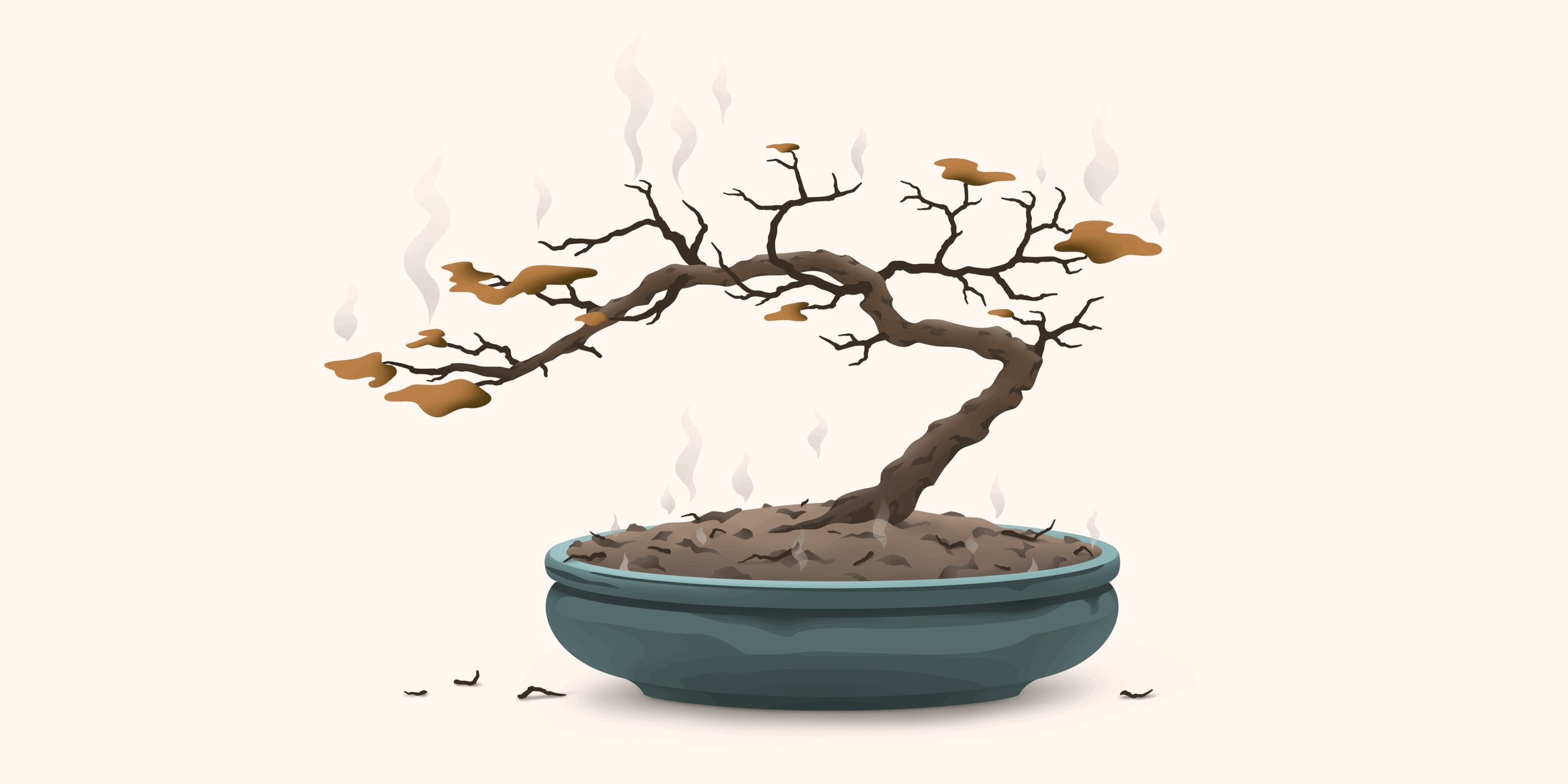Wildfires and flooding are becoming ever-increasing threats, making it more important than ever to understand how to protect your home.
“Canada is clearly becoming a riskier place to live, work and insure,” Craig Stewart, vice-president, Climate Change and Federal Issues at the Insurance Bureau of Canada (IBC), said in a release after sounding the alarm in a bulletin this past January. “As insurers price for risk, this increased risk is now impacting insurance affordability and availability.”
Insurers limit coverage options for water damage, especially in areas prone to flooding, says Daniel Ivans, a Rates.ca insurance expert and licensed insurance broker in Toronto.
“A lot of insurers are having to take different, unique and creative approaches to how they insure, whether that’s taking on increases or otherwise limiting coverage options in certain areas.”
And that leaves consumers facing higher insurance premiums, reduced coverages, and greater property risks.
Flooding in Canada is bad news, with one 2024 Toronto rainfall causing $940 million in insured damages, says Kathryn Bakos, managing director, Finance and Resilience, Intact Centre on Climate Adaptation at the University of Waterloo.
It’s for this reason that standard home insurance policies in Canada cover sewer backup, burst pipes, roof leaks and water damage from extinguishing a fire – but do not cover flood damage caused by overflowing rivers, extreme rainfall or rapid melting of snow.
Wildfires, on the other hand, cost $3.1 billion in insured damages in 2023, when more than 6,000 fires burned 15 million hectares of land, according to Natural Resources Canada. This year, as of July 2, 2025, there are 2,642 wildfires still burning. To date, home insurance protects homeowners against wildfires – but this could change, warns Ivans.
How to protect your home
These trends have been costly for property and casualty insurers in Canada. In 2024, insured damage from severe weather set a new record of over $8 billion, according to Catastrophe Indices and Quantification Inc.
With all this uncertainty, what’s a homeowner to do?
Consider additional coverages
While damage by rising water and the overflowing of lakes and rivers isn’t covered, certain insurers offer riders on home insurance policies, provided the homeowner is eligible, says Ivans. These are comprehensive water coverages that will provide protection against damage from natural or man-made bodies of water, storm surges and surface water caused by rain or snow melt.
Take stock – and shop around
Ivans says you need to analyze what risks exist on the property – and ensure they’re covered. “Review your policy documents with a broker or an agent, and if there are policy limitations that can be upgraded or leveled up with another market, then definitely (…) find that market that’s targeting your area and is able to get the best price for maximum coverage,” he says.
Perform regular home maintenance
Cleaning eavestroughs of debris, and leaves away from sewer grates and drains outside the home can help prevent water from getting into the home and causing expensive water damage claims, says Bakos. So can ensuring downspouts are moving water away from the foundation, or lengthening them through downspout extenders. As for protecting a home against fires, remove leaves and needles from balconies and decks, as well as combustible plants and ground cover within 1.5 metres of the house and any firewood stored within 10 metres of the house.
Install a water pumping device
Sump pumps and backflow valves can ensure water is pumped out of the home before it can do damage to the basement, says Bakos. Many municipalities across Canada offer subsidies for the installation of these devices – and their installation can lead to lower premiums.
Purchase non-combustible fencing
Installing non-combustible fencing and ground surfaces, such as rock or concrete, within 1.5 metres of a house can help reduce fire risk, according to Intact Centre on Climate Adaptation and FireSmart Canada.
Landscape proactively
Bakos suggests grading around the home to prevent water seepage. “Is there a way you can build up the soil to move away water?” she says. That’s particularly important in cases where there is a sloping driveway. She also suggests filling in any cracks in asphalt that are close to the foundation or waterproofing a basement.
Invest in fire-resistant shingles
Metal roofs can help prevent fires, says Bakos – but the costs are often exorbitant, averaging $9 to $15 per square foot installed. She says that Class A fire-resistant siding and roofing, which are much less expensive, are highly resistant to flames and heat. They can also withstand extreme heat without losing structural integrity. And best of all, they can lead to lower home insurance premiums.
“These are all things that consumers can do to somewhat insulate themselves, mitigate claims and mitigate the associated pain points with claims,” says Ivans.
“The more steps that consumers can take to protect themselves, the fewer claims they will have.”

